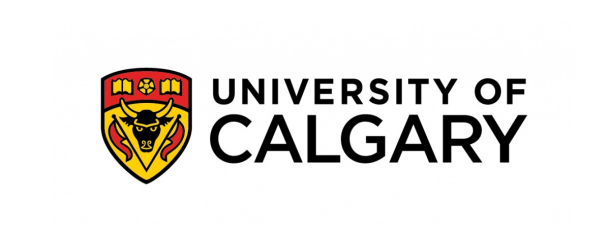Research co-led by University of Calgary physicists could prove useful for quantum information processing and sensing

(UCalgaryNews) n international team, including University of Calgary scientists, has discovered a simpler and more efficient way to generate entangled states of light, or “quantum light.”
In a new study, co-led by physicists from UCalgary and the French National Centre for Scientific Research (CNRS), the team theoretically proposed and experimentally demonstrated a novel and simple way to control the fundamental process of spontaneous emission from an atom to generate new states of quantum light.
“These states of light could be used for quantum sensing applications or as building blocks to construct resource states for quantum information processing,” says Dr. Christoph Simon, PhD, professor of physics in the Department of Physics and Astronomy in the Faculty of Science.
Quantum light, which can be used to encode and transport information, is the cornerstone of applications ranging from quantum computing to highly secure quantum networks.
“This is the first time, in theory and in experiment, of generating an entangled state of light in this way,” says Dr. Stephen Wein, a PhD student in Simon’s research group when the study was done.
Previous approaches used by other research groups to generate entanglement typically have been complex and dynamic, making such schemes difficult to control and measure.
“This is what is beautiful about our scheme: it’s very easy to entangle the light,” says Senellart. “We show that this is applicable to all kinds of systems.”
The team also theoretically showed that applying more sequential laser pulses to an atom would generate ever-larger, readily scalable entangled states of quantum light.
“This experimental result achieves with unprecedented simplicity and elegance the sequential generation of photonic signal, which is of paramount importance for quantum information and quantum communication,” says Prof. Enrique Solano, a leading expert on entanglement generation protocols and who wasn’t involved in the study.
“The scaling up towards distributed quantum computing with several nodes and qubits (the basic unit of quantum information) is an open and challenging possibility,” says Solano, Ikerbasque Professor at University of the Basque Country and CEO of two quantum start-up companies.
The research team’s success wouldn’t have been possible without the “absolutely crucial” international collaboration by quantum theorists and experimentalists, Simon notes.
Sandra K. Helsel, Ph.D. has been researching and reporting on frontier technologies since 1990. She has her Ph.D. from the University of Arizona.



















